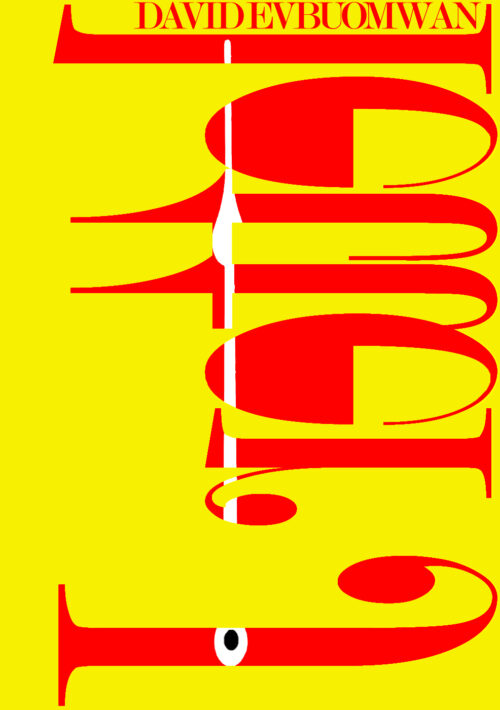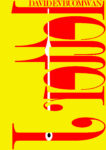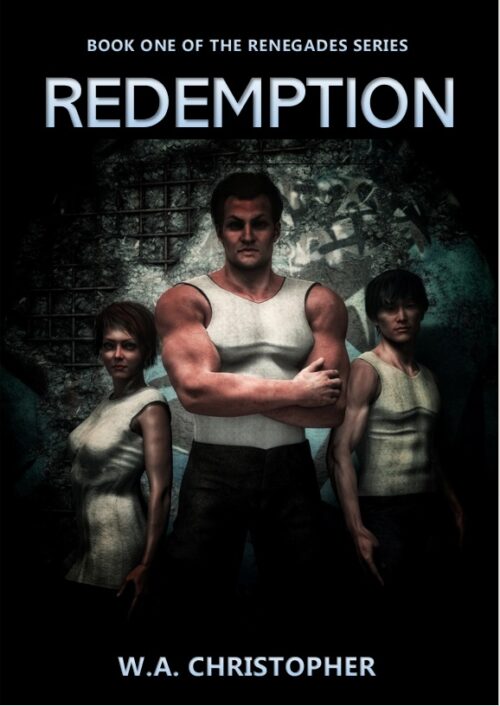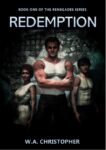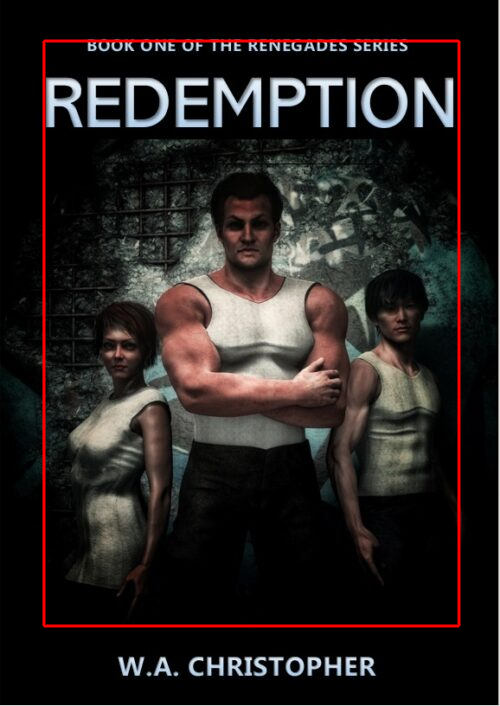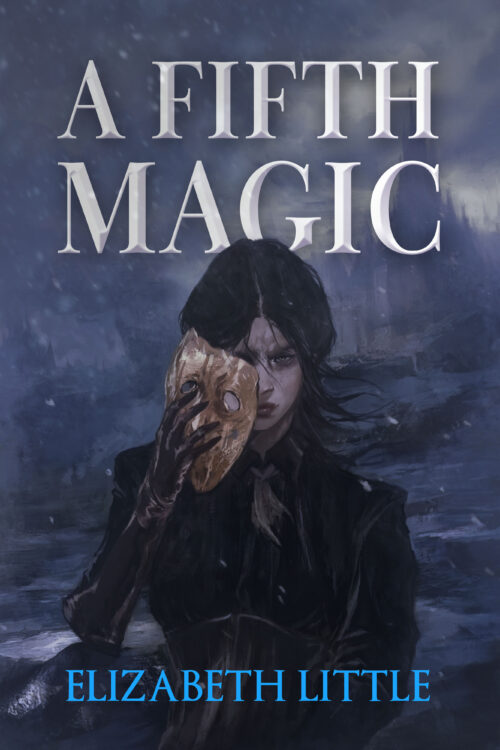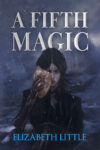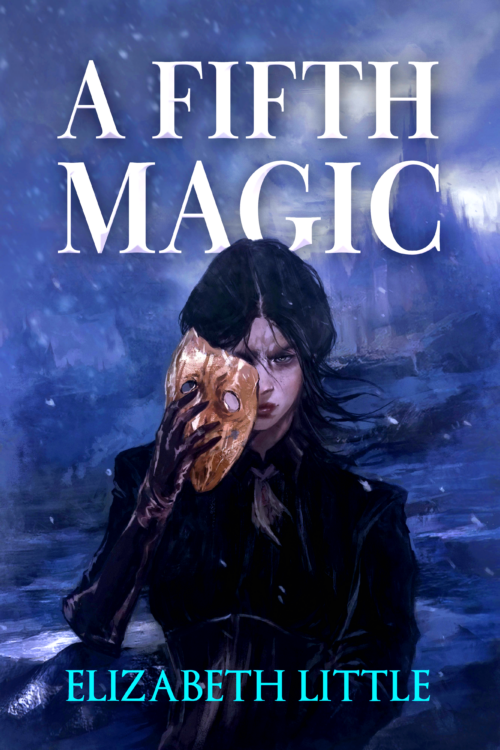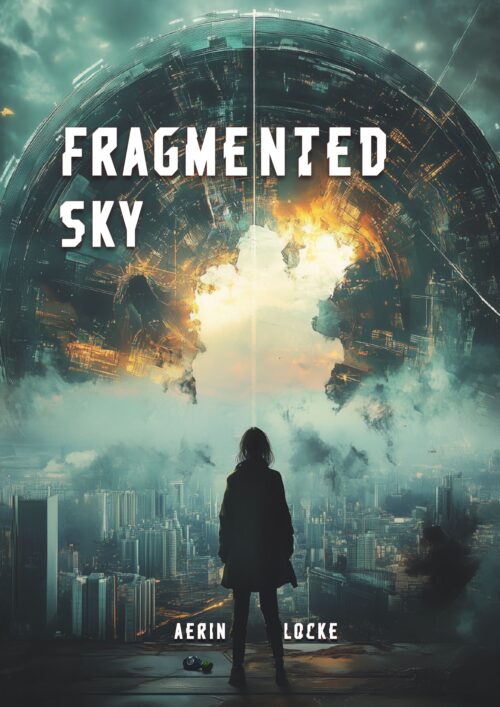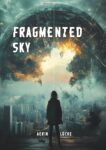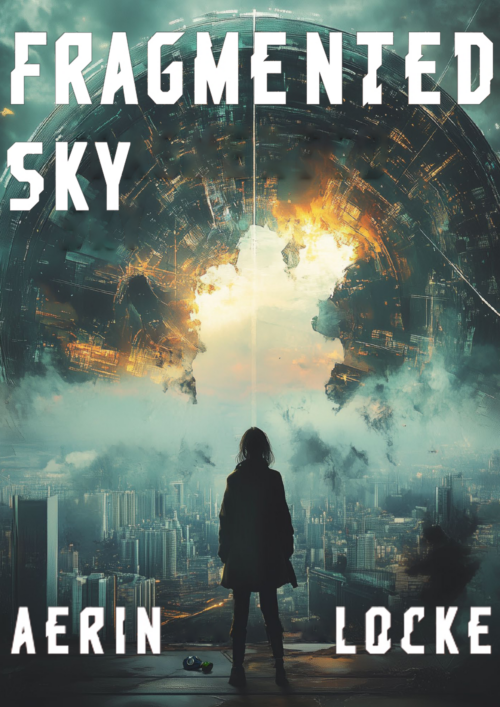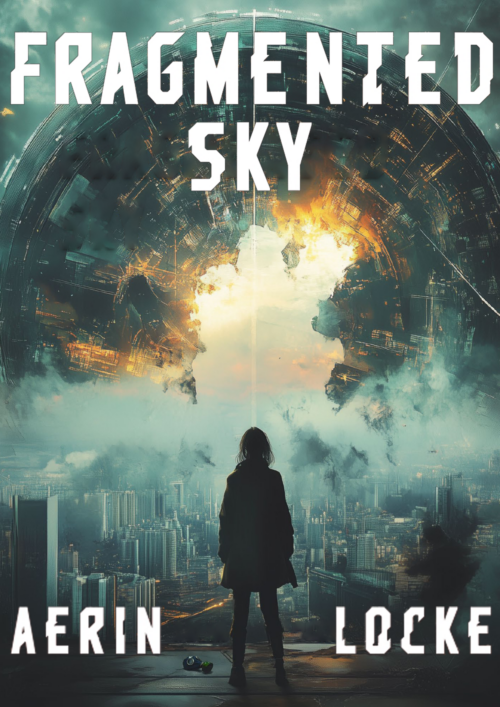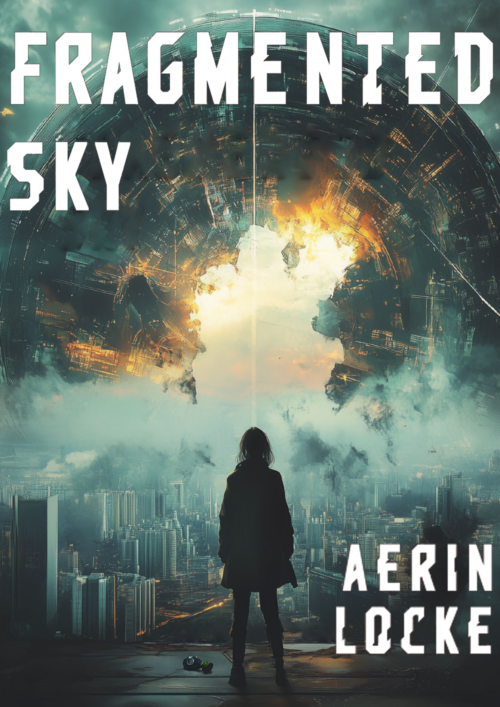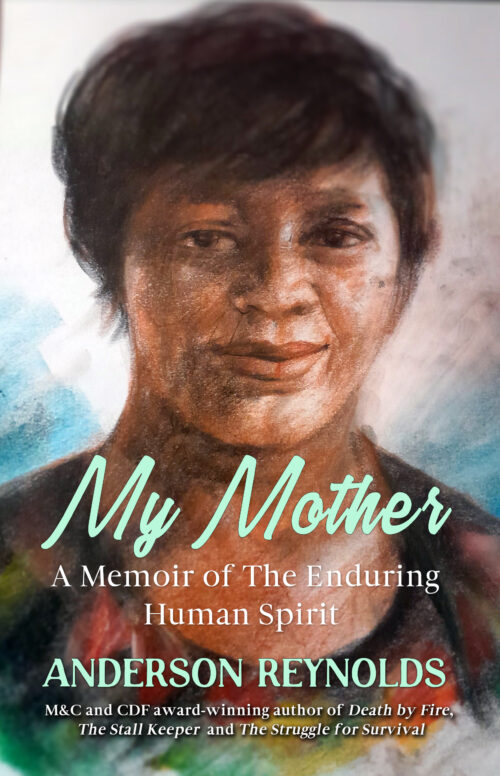This isn’t Angus Fonteyn’s first time in space. He’s been selected for NASA’s covert mission that’s sending just two individuals 500 years to the past. Much to his dislike, rookie astronaut, Janine Lyton, is selected as his copilot. During the mission, Angus experiences visions and extreme hallucinations but is barely alarmed by them. The real problems start when he successfully persuades Janine into travelling with him to the distant future; his pretext being a half-baked plan to observe how humanity’s actions have affected Earth, then report them back as prophesies in the present. In 2046, Angus and Janine get distracted by the wonders of human innovation, and their adventure spirals into an absurd, harrowing nightmare involving time loops, distorted realities and a courtroom in England. They are forced to suffer the consequences of a human innovation tampering with one of the most defining things in the universe.
Nathan says:
Wow. This one will be hard to critique without sounding mean, but…
No.
This cover is unreadable. (Hell, I’m still not sure on what the title is.) It gives no clue as to genre or content. It will actively deter interest.
Your cover is your billboard. It’s the half-second you have to send out a signal that says, “Hey, reader who likes this kind of book — this is the kind of book you like!”
You need to jettison this and begin again. Try to appeal to your target reader, not confuse or frustrate him.
